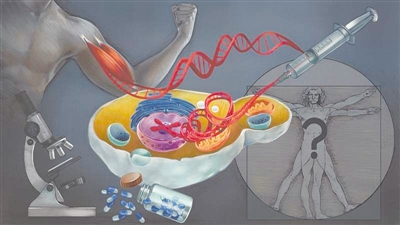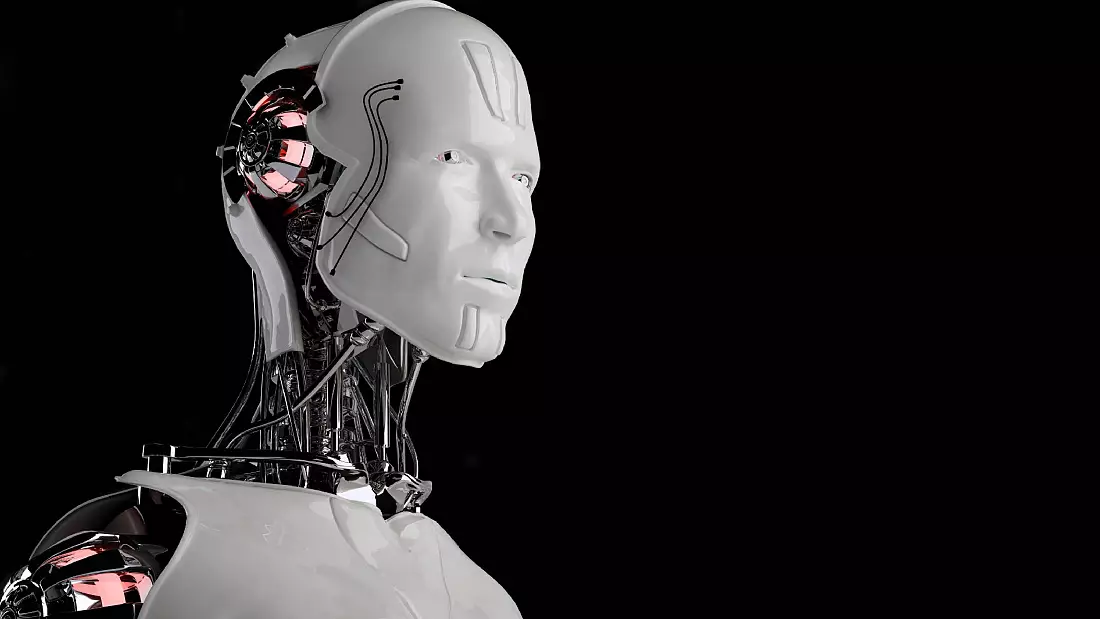Dutch researchers have successfully inserted human muscle genes into the DNA of baker’s yeast, the first time scientists have implanted such an important human trait into yeast cells. The resulting humanized yeast model can be used as a tool for drug screening and cancer research. A related paper was published in the journal Cell Reports.
The traits that the TU Delft team added to yeast cells are controlled by a set of ten genes without which humans cannot survive. This group of genes contains the “blueprint” of human metabolic pathways. Metabolic pathways refer to the process of breaking down sugars for energy and building cellular building blocks within muscle cells, a process that plays a role in many diseases such as cancer, meaning that modified yeast could be used as a tool in medical research.
Yeast is an amazing organism compared to human cells or tissues, the researchers say, because it is simple to grow, its DNA can be easily modified, and many key discoveries, such as the cell division cycle, benefit from yeast.
Previously, the team successfully constructed artificial chromosomes as a DNA platform to build new functions for yeast. They have since wondered to what extent multiple human genes and entire metabolic pathways can be added, and whether the cell can function as a whole. Following this idea, the team designed a new type of humanized yeast.
The researchers explained that they not only transplanted the human gene into the yeast, but also removed the corresponding gene in the yeast and replaced it completely with the human muscle gene.
Subsequently, the team, in collaboration with the University of Groningen Medical Center, used laboratory-grown human tissue cells to compare the expression of human genes in yeast and in the natural human muscle environment, and found that the properties of the human enzymes produced in yeast are similar to The properties of the enzymes produced in native human cells are very similar, supporting the value of the novel humanized yeast as a human cell model.
The researchers believe that this is just a starting point, and scientists can further humanize yeast and gradually build a more complex human environment in yeast.




GIPHY App Key not set. Please check settings